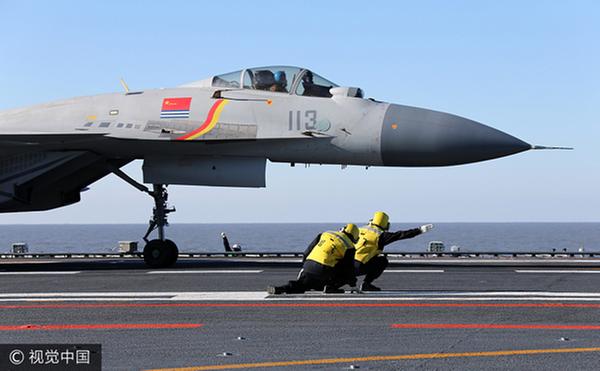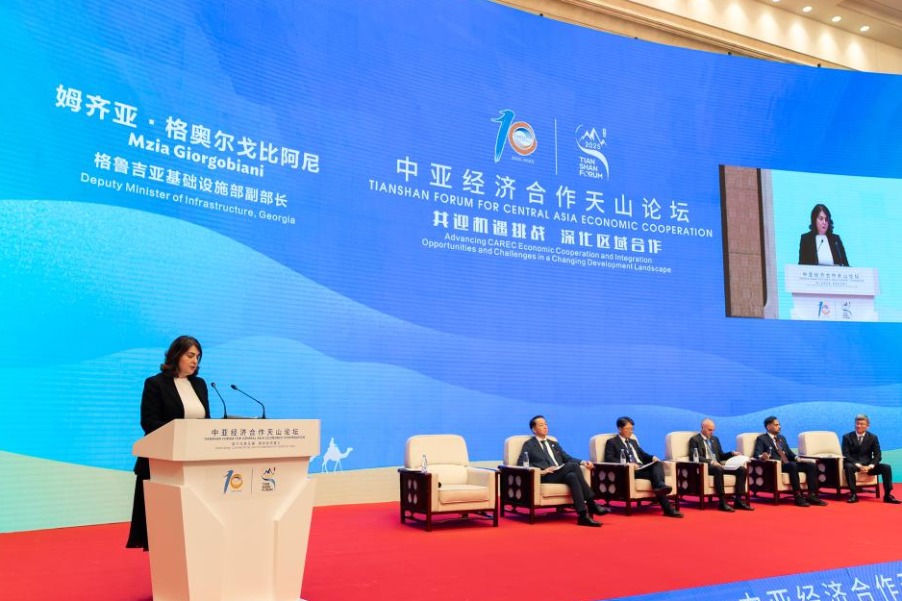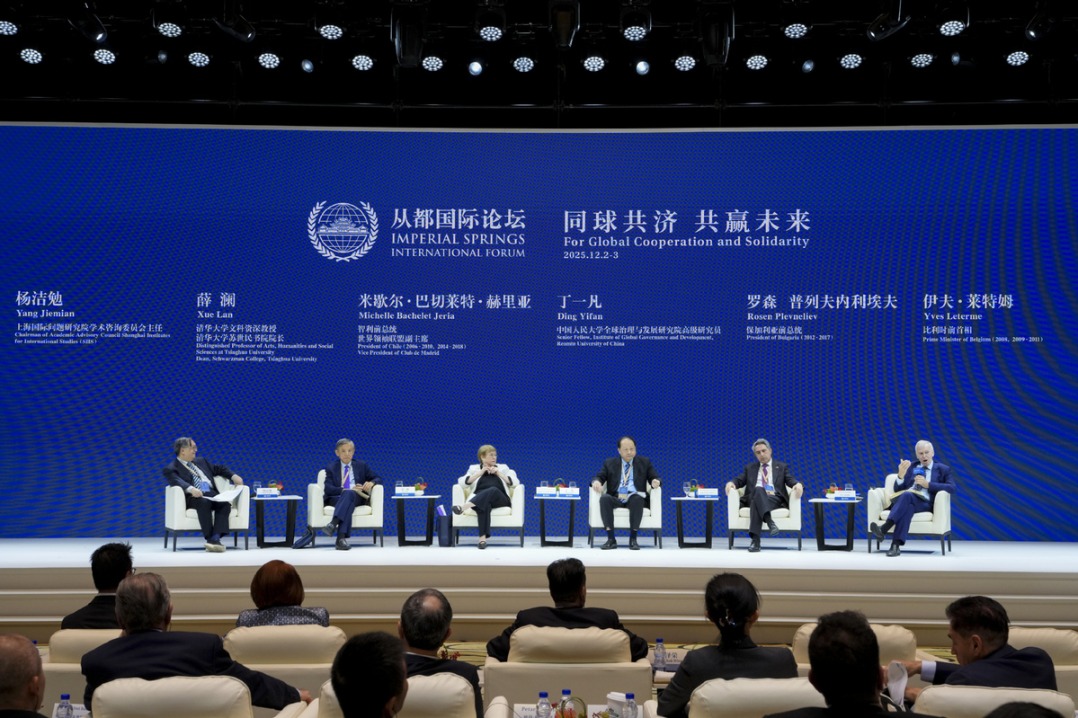How to make a Chinese carrier-based fighter pilot

 |
| A fighter jet takes off from China's first aircraft carrier, the Liaoning. [Photo/Xinhua] |
China launched its first aircraft carrier, the Liaoning, in 2012. The same year, the J-15 fighter jets successfully landed on and took off from the ship, marking an important step in the Chinese navy's efforts to develop the combat ability of its carrier battle group.
Legal Daily recently documented how pilots for China's carrier-borne fighter, the elite of elite, are trained.
A pilot has to be mentally and physically strong, possess extraordinary flying skills and strong political belief, and be fully dedicated to his career, Zhang Hongtao, from the PLA Navy, said.
The first batch of pilots for the carrier-based fighter are all aged 35 or younger, and have flown for over 1,000 hours, according to Legal Daily.
The toughest tests for the pilots are landing on and taking off from the aircraft carrier. They are highly demanding tasks due to the complex weather conditions at sea and the short runway.
The length of a runway on a carrier is less than a tenth of one at an airport. The pilot has just 36 meters between the arresting cables to land.
The pilot's neck, lumbar and backbone are exposed to a tremendous impact the moment the plane is stopped by the arresting cable.
Under the huge force of inertia during the process of deceleration, the blood flows quickly to the pilot's head, causing redout in the eyes, a phenomenon which affects the eyesight of a pilot.
Many pilots fail the medical tests to join the carrier-based fighter team over tiny problems, according to the report.
In addition to perfect physical fitness, a pilot must also be mentally strong. The medical crew set different scenarios and measure pilots' reactions to select those with strong nerves.
 |
| A fighter jet takes off from China's first aircraft carrier, the Liaoning. [Photo/VCG] |
Further efforts needed
During night training sessions held recently at an airport on the island province of Hainan in South China, new pilot Chen Chuanbin took off on an urgent mission against an invasive airplane.
Under the cover of darkness, the target aircraft was able to disrupt Chen's fighter.
After communicating with the control tower, Chen turned around suddenly and locked the target before hitting it in a simulated action.
No sooner had Chen finished the task and returned to the airport than he received another order to intercept a new target.
Night training is an important part of cultivating pilots' all-weather combat ability, said Cui Meng, who leads an aviation regiment in the South China Sea Fleet of the PLA Navy.
He said they make the best use of the complex environment in South China Sea to cultivate pilots who are able to win a real battle.
"Carrier-based pilots should be highly sensitive to weather given the different weather conditions they may face in different sea areas," Du Wenlong, PLA Academy of Military Science senior researcher, said.
He said that the priority in training of pilots of carrier-based fighter is shifting from taking-off and landing to how to use real weapons in air-to-air and air-to-ship combat missions.
Du said that despite the progress the pilots have achieved by training in various sea conditions, there is still a long way to go before the J-15 fighter jets have real combat ability.
- China, France agree to launch new round of cooperation on panda protection
- Cracking down on cross-border crooks
- Xi, Macron witness signing of multiple cooperation documents
- Xi says China, EU should be partners
- Xi calls on China, France to expand cooperation in multiple areas
- Courts step up efforts to curb private sector corruption





































